Nakagin Capsule Tower in Tokyo is scheduled to be demolished, needs your help
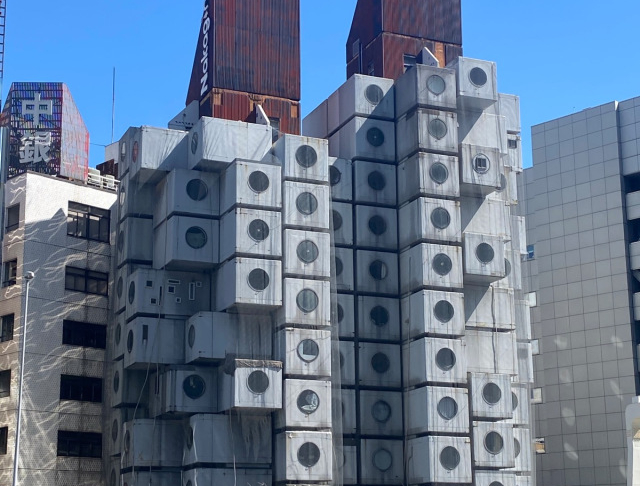
Architectural landmark will soon be gone forever, but there’s still a chance of preserving its history for the future.
Like many cities around Japan, Tokyo does a great job of preserving traditional buildings while building modern skyscrapers up around them. However, when a building isn’t steeped in centuries of cultural heritage, falling into disuse and disrepair makes for a shaky future, as the land it takes up is often viewed as being more valuable than the structure itself.
That’s the situation Tokyo’s Nakagin Capsule Tower has been in for much of the last decade. Located near Shimbashi Station, within walking distance of the fashionable Ginza district, this complex was designed by Japanese architect Kisho Kurokawa and built in 1972 as a futuristic marvel of modern architecture, housing 140 self-contained prefabricated capsule apartments designed to provide Tokyo office workers with a place to stay during the week to avoid long commutes back home.
▼ Nakagin Capsule Tower (right) is a famous architectural landmark in the capital.
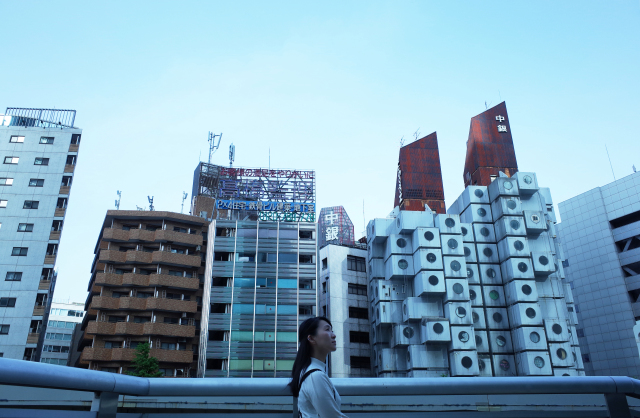
Photo ©SoraNews24
However, despite its architectural acclaim, in recent years Nakagin has only managed to lease around 30 of its 140 self-contained capsule apartments to the public on a monthly basis. It’s also in need of repairs and has been fighting off threats of demolition since 2007, when the majority of capsule owners voted to tear the complex down and replace it with a more modern tower.
Kurokawa himself opposed the demolition, instead proposing that the capsules inside the complex be replaced with more modern ones, which is what the prefabricated design was made for. A number of capsule owners supported this idea, forming the “Save Nakagin Tower” project to make it happen, however, hurdles like cost and the problem of asbestos in the building proved to be too great for the project to be successful.
▼ One of the capsule apartments inside the building.

Photo ©SoraNews24
After years of fighting against demolition, these insurmountable problems now mean that Nakagin Capsule Tower is set to be demolished in March 2022. Those involved in the project still haven’t given up hope of preserving Kurokawa’s visionary design, though, as they recently set up a crowdfunding campaign in May called the “Nakagin Capsule Tower Building A606 Project“. Support for the project has been overwhelming, with backers providing enough funds to help them achieve their first target amount of 1.5 million yen (US$13,564.10) in just one week.
The project name is tied to Capsule A606, which is the specific part of the building they’re attempting to preserve. Architect Akiko Ishimaru, the project representative, lived in Nakagin for about a year in 2013, and after moving out she returned to the building in 2017 to use capsule A606 as a shared office with seven other people.
Ishimaru and the other members helped to restore capsule A606 to the way it would’ve looked in 1972 when the Nakagin Capsule Tower Building was first completed.
▼ Capsule A606

▼ The original bathroom, furniture, and equipment were also restored.
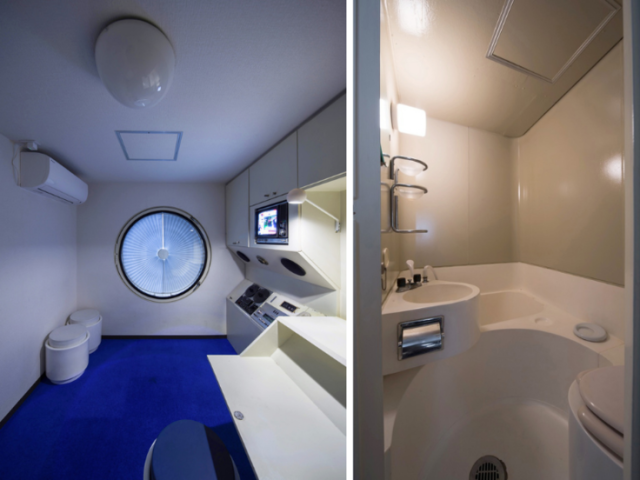
After it was decided that the building would be demolished, Ishikawa contacted the owner of capsule A606 to ask that it be taken out of the building for preservation. Mediation was concluded in the courts, with permission eventually granted for the removal of the capsule.
The project has uploaded a series of videos that show the retro appliances inside the capsule are still in fine working condition.
▼ The clock still keeps time perfectly.
▼ There’s a once-state-of-the art Sony TV…
▼ And an open-reel tape deck that’s also worth preserving.
With the paperwork complete for the handover of the capsule, the team now had to find a way to cover the costs of removing the unit from the building without damaging the exterior walls of the module. To keep costs down, Ishikawa even became a qualified asbestos removal worker, but even if she completes the work, there’s still the cost of removing the hazardous material and the removal of the unit itself that needs to be considered.
The crowdfunding project aims to help cover these costs, and the team is being transparent with every detail, providing a breakdown of the amount required for each stage of the work. Their next hurdle is securing 5 million yen to remove the capsule, and supporters have so far pledged enough to cover 2.466 million yen, with 29 days remaining on the project.
The Nakagin Capsule Tower Building A606 Project is asking for everyone’s support to help preserve an important part of Tokyo’s architectural history, either through funds or by spreading the word for assistance on social media.
After we recently lived inside one of the capsules inside the tower for a month, even without hot running water, we’ve developed a soft spot for this architectural marvel and will definitely be doing what we can to help support the campaign. Because although it’s great that Tokyo is pushing the envelope with innovative new skyscrapers, like the world’s tallest wooden tower, it’s important to ensure innovative ’70s architecture has a chance to be preserved too.
Location information
Nakagin Capsule Tower Building / 中銀カプセルタワー
Address: Tokyo-to, Chuo0ku, Ginza 8-16-10
東京都中央区銀座8-16-10
Website
Source: Ready For/Nakagin Capsule Tower Building A606 Project via Net Lab
Featured image ©SoraNews24
Insert images: Ready For/Nakagin Capsule Tower Building A606 Project unless otherwise stated
● Want to hear about SoraNews24’s latest articles as soon as they’re published? Follow us on Facebook and Twitter!
Credit:

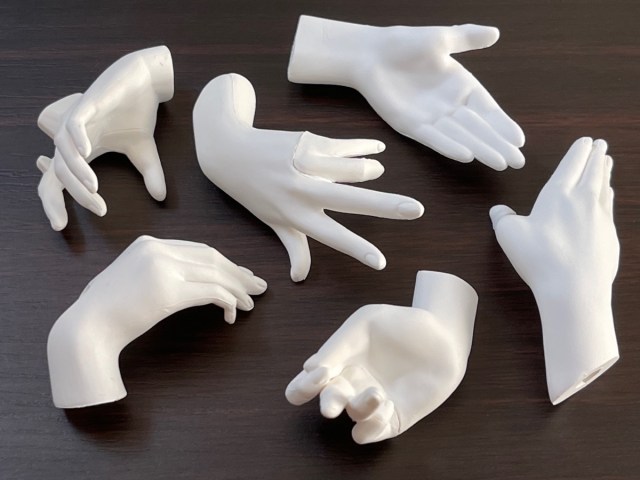
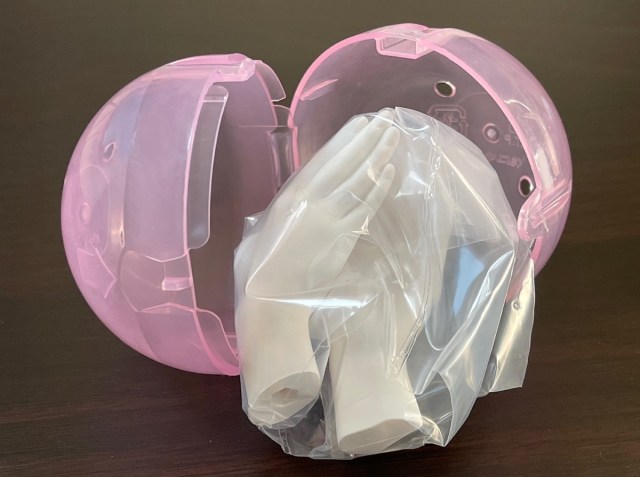
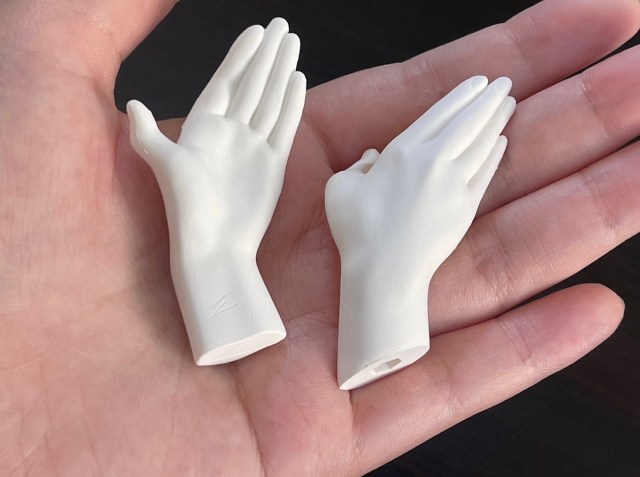

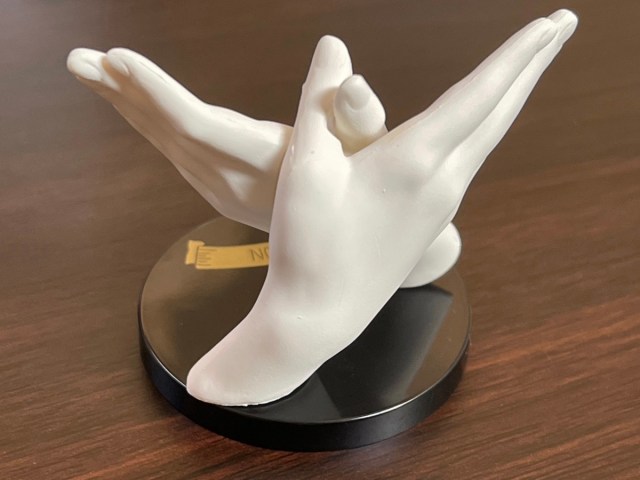
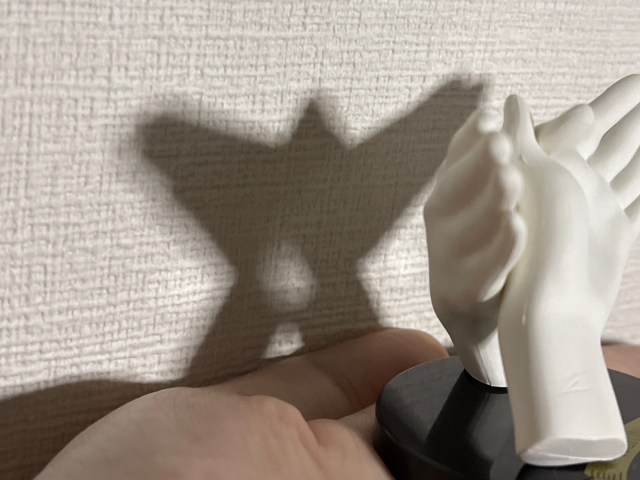

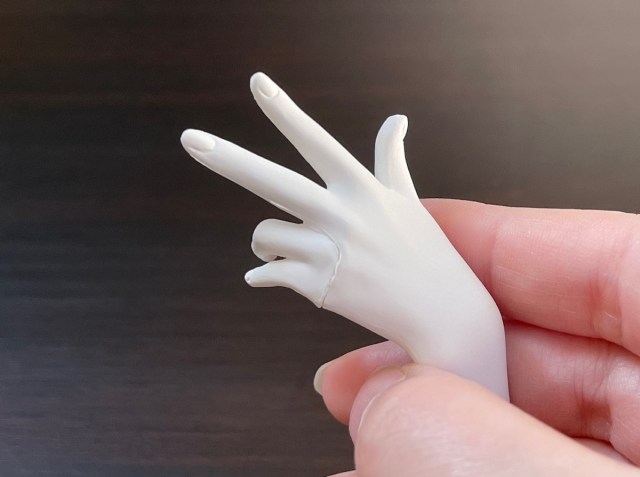
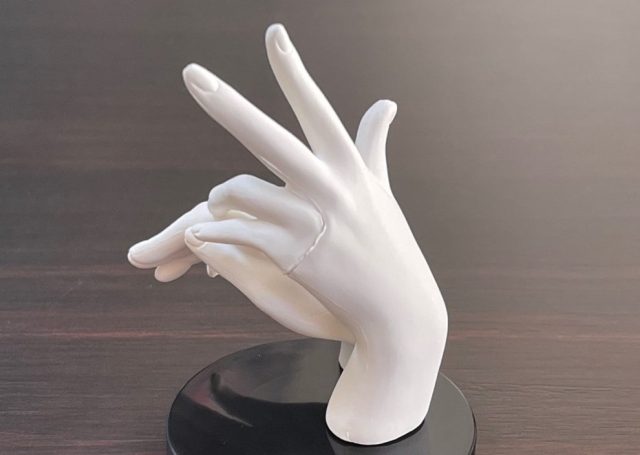

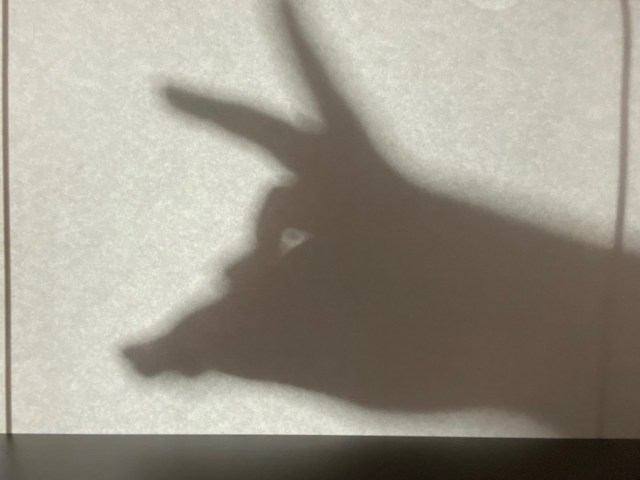
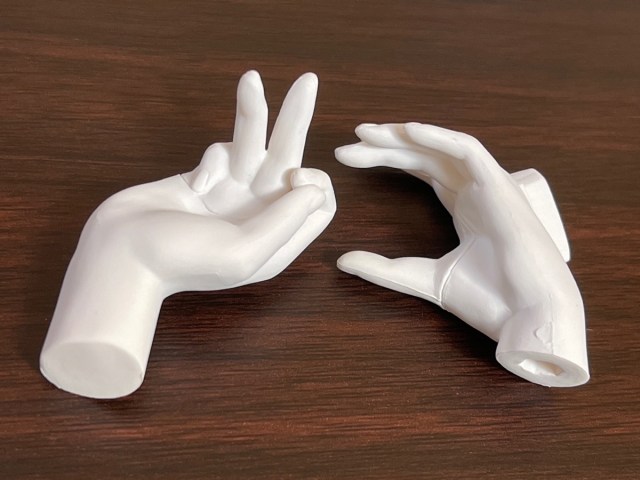
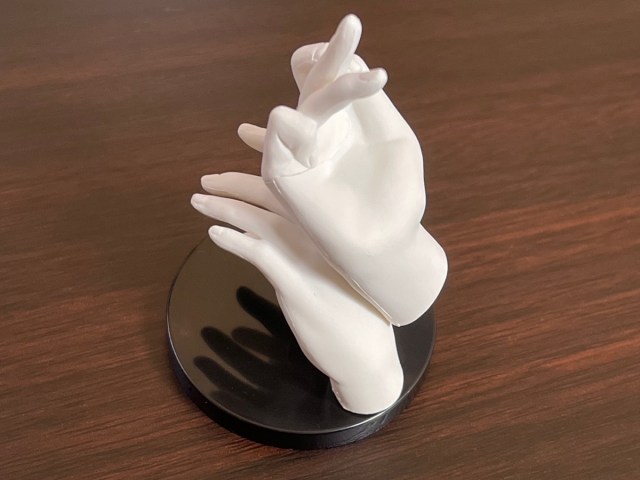
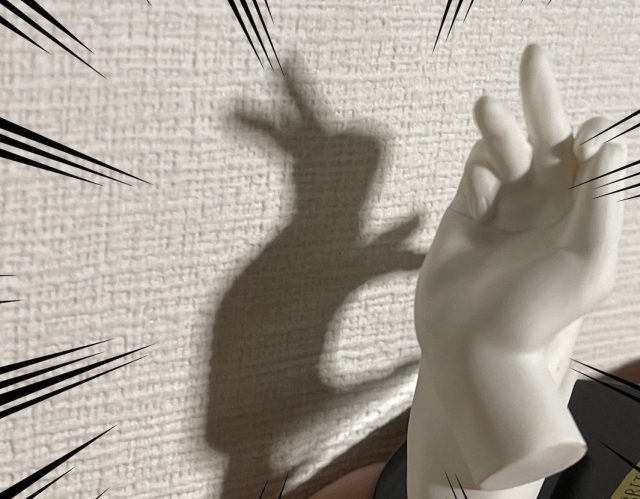
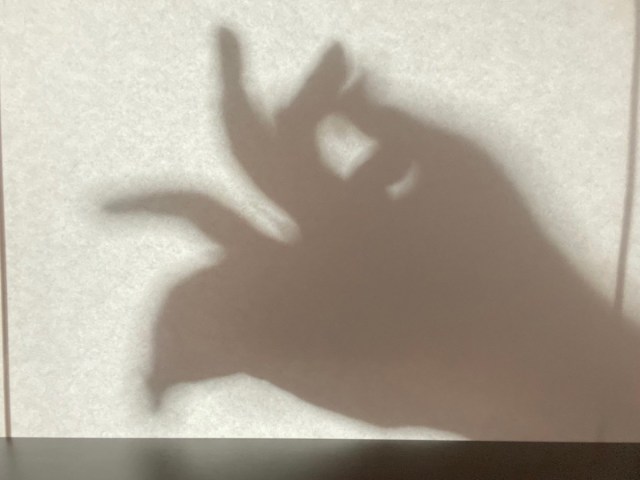
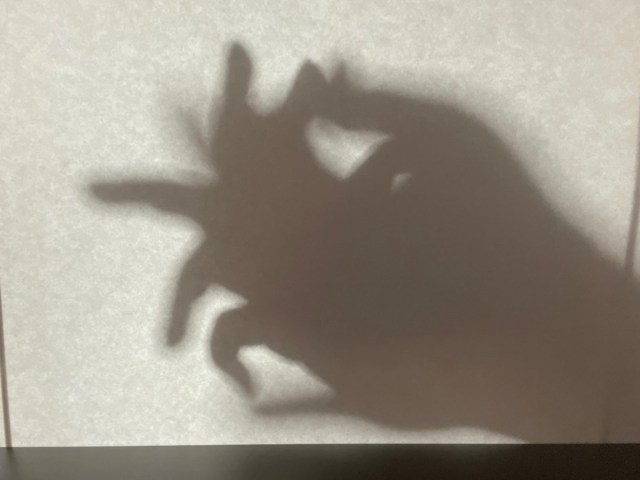
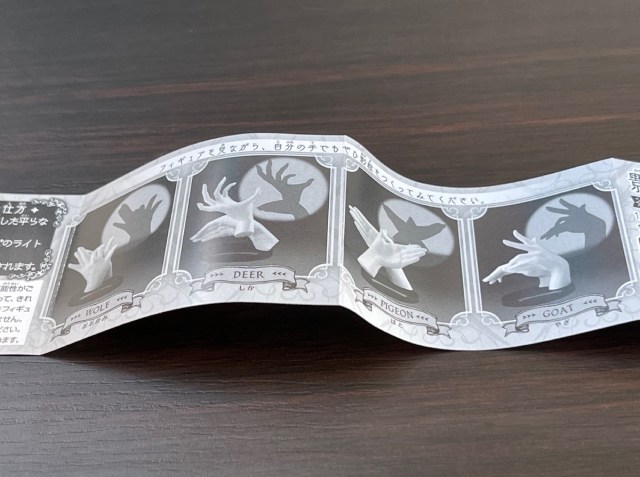
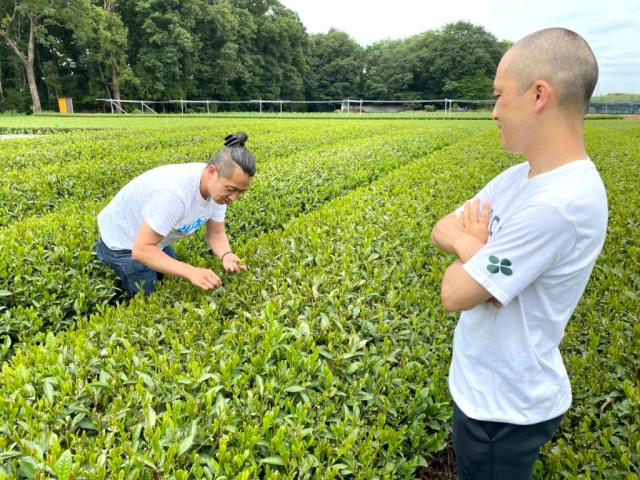
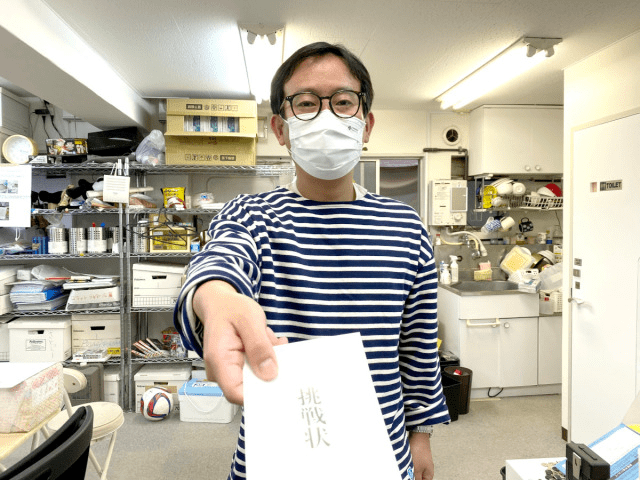
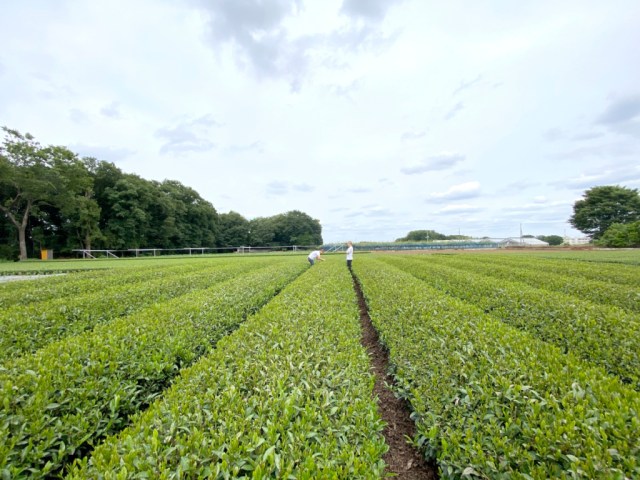
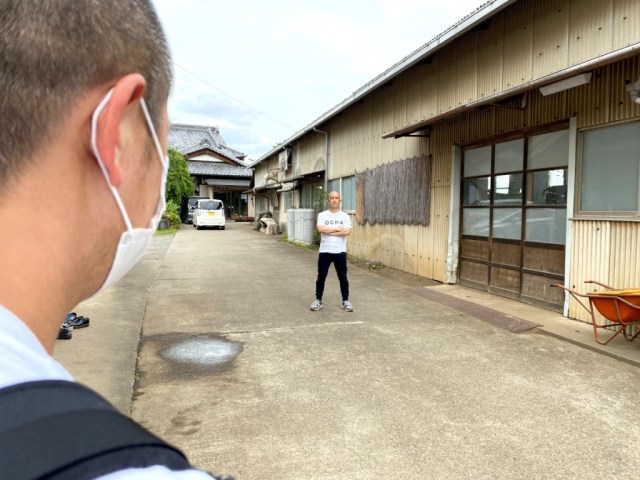
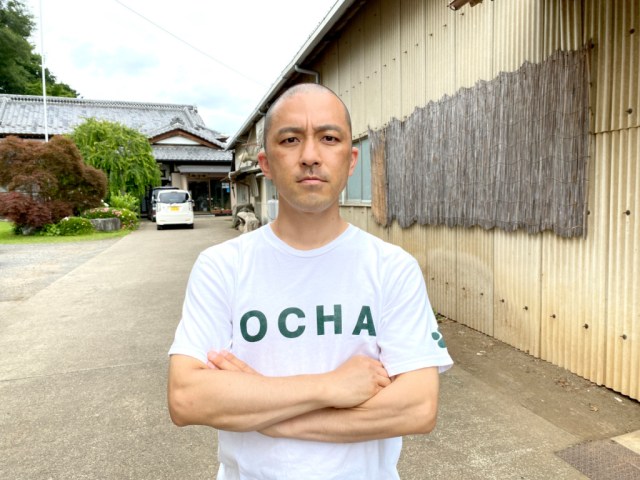
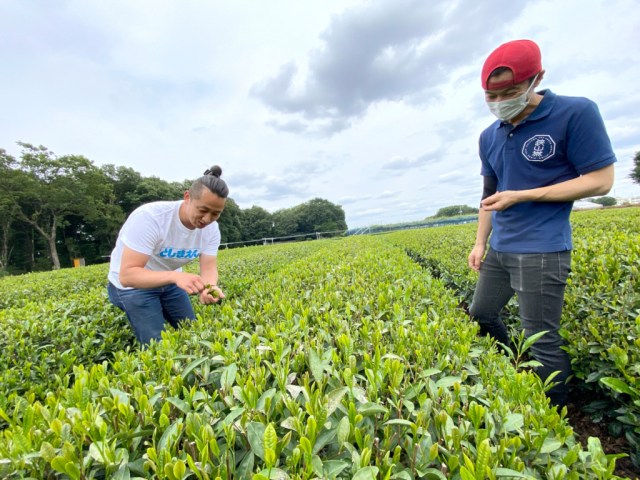
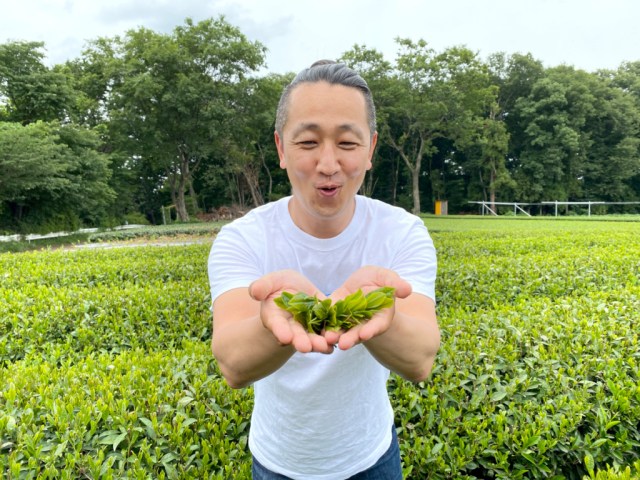
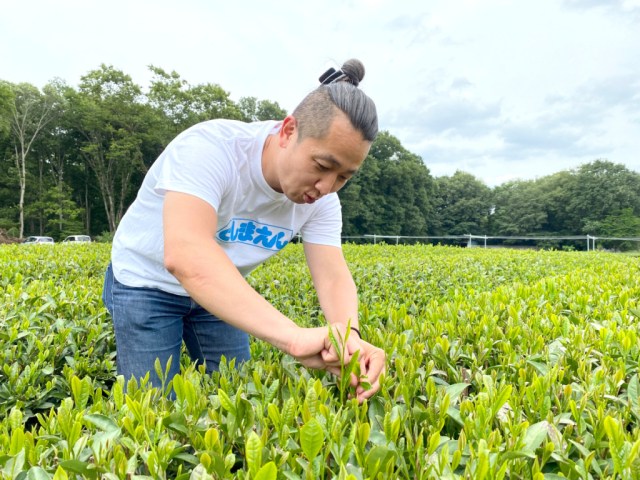


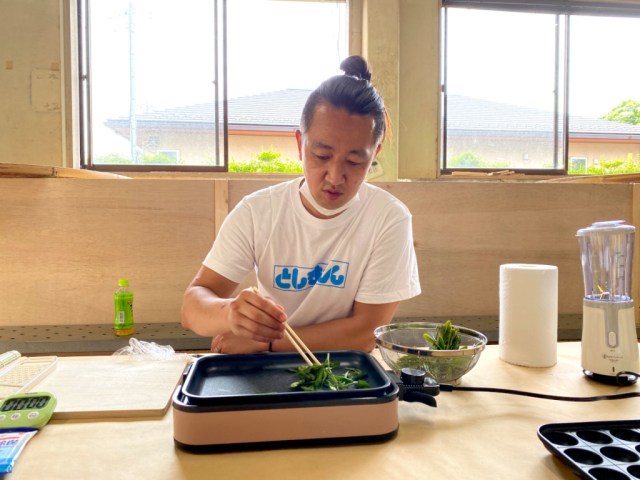

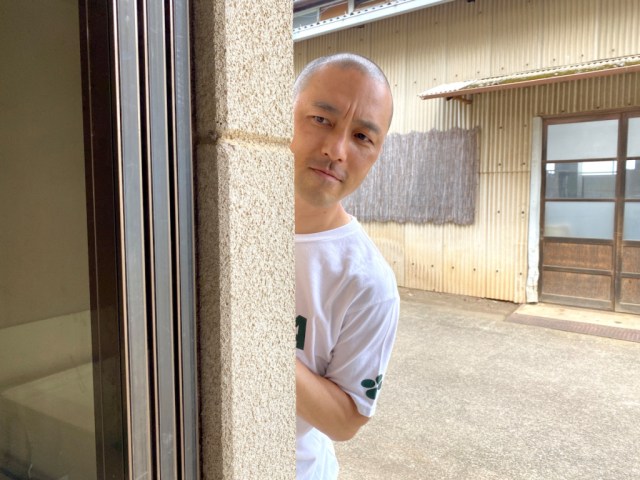
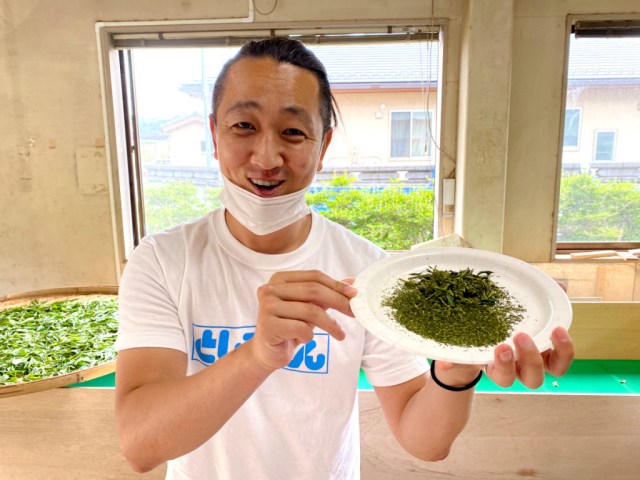
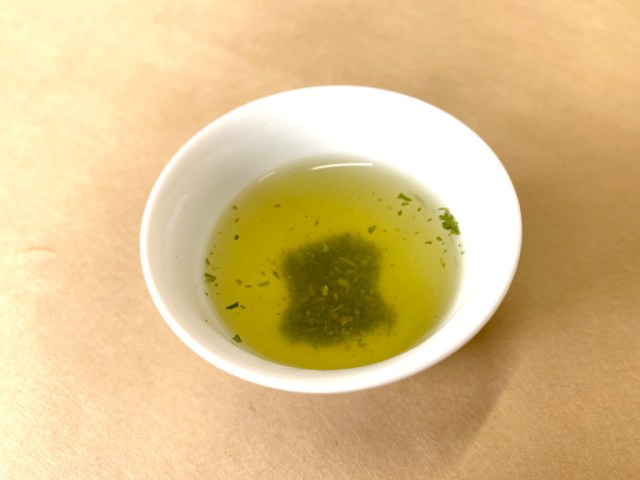
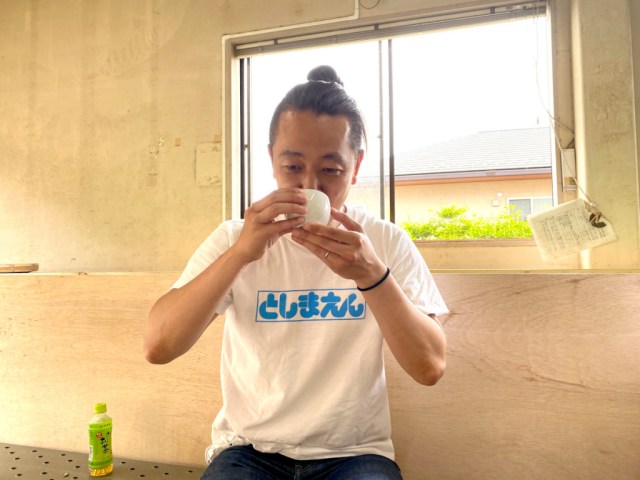
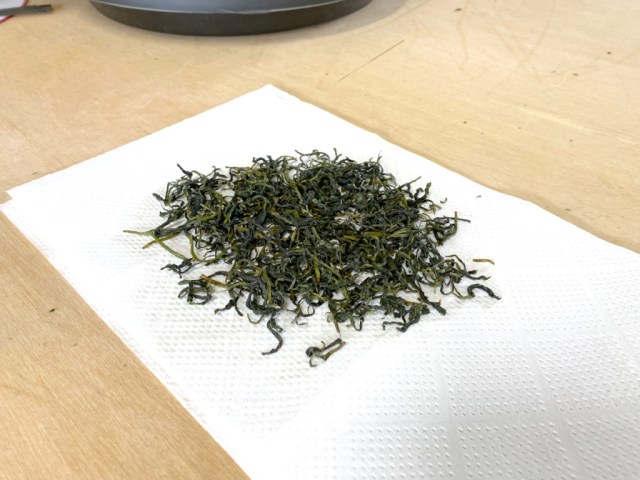
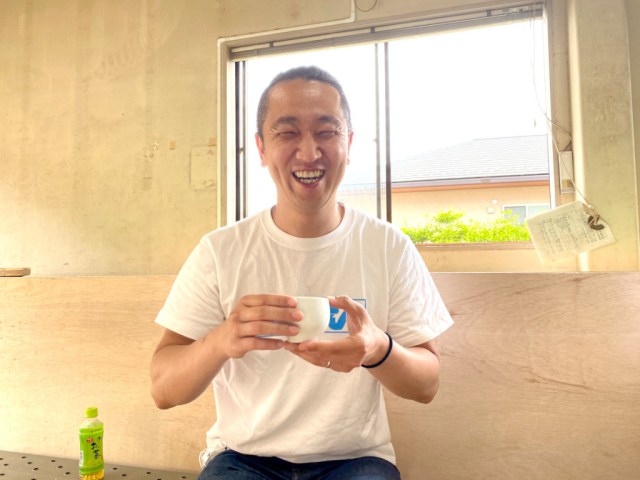

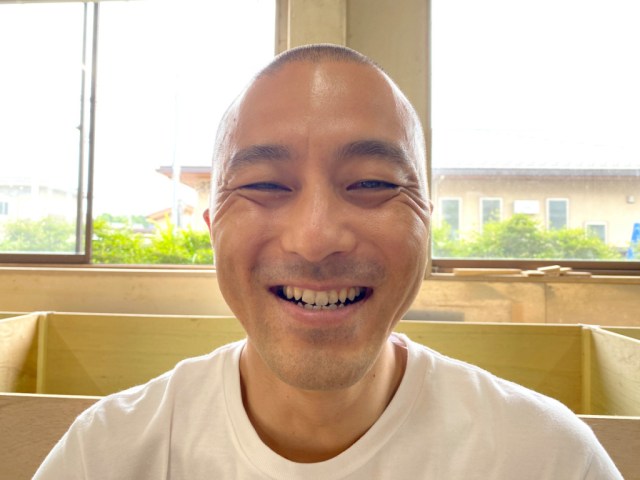

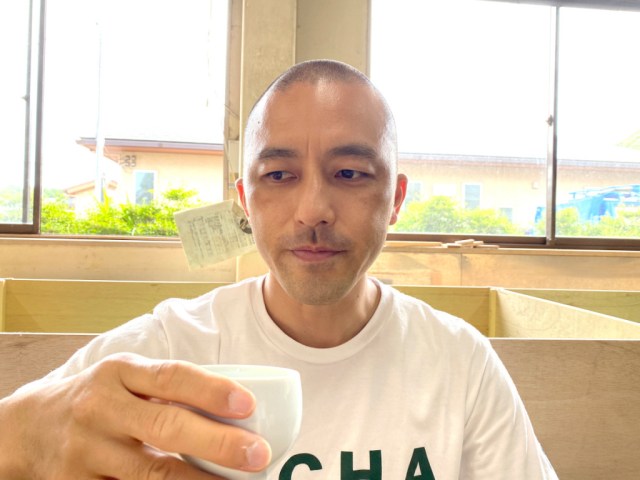



 締切:7/4 23:59
締切:7/4 23:59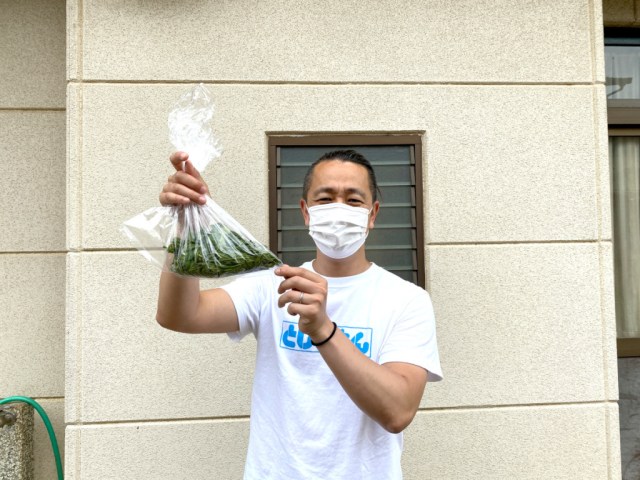
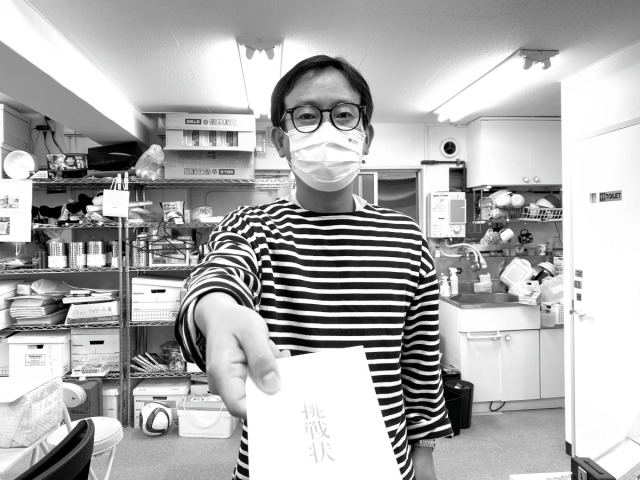
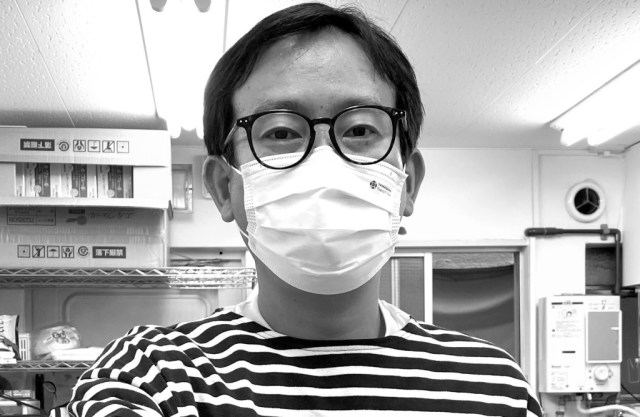
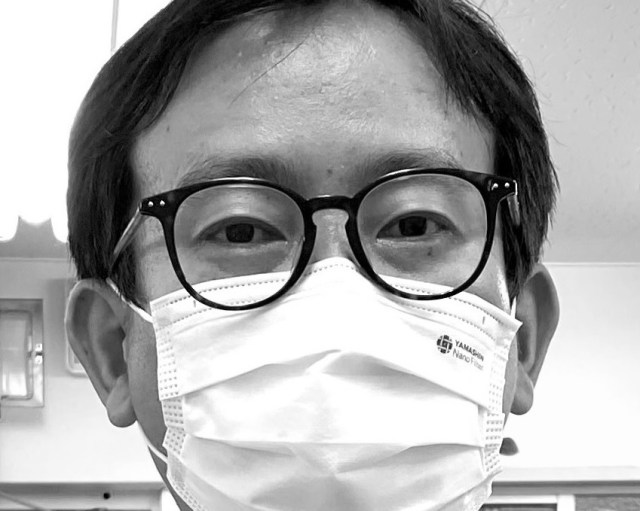
0 comments: